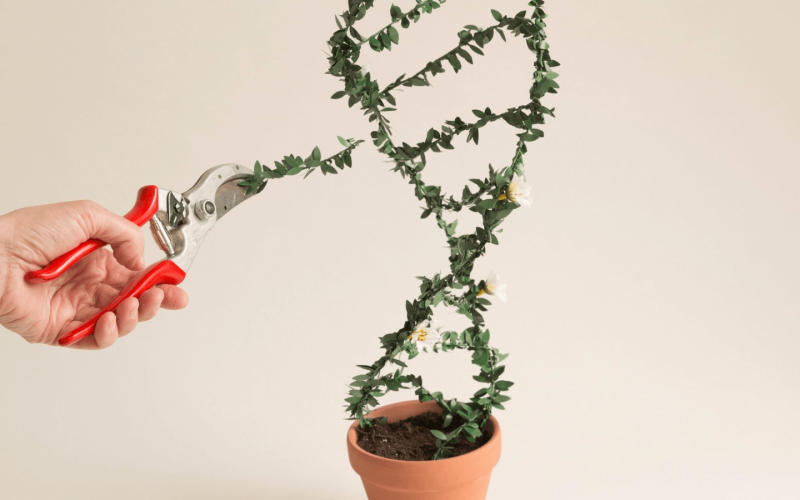Current approaches for triggering safety testing of genetically engineered (GE) crops vary substantially among countries and generally lack scientific merit, argued researchers in a new Science article.
Rather than focusing on the methods or processes used to create GE crops, the researchers proposed that omics-based techniques be used to compare new crops with those that are currently on the market. Any new crops that exhibit questionable molecular profiles would then be subject to safety testing for health or environmental impacts.
“The most important question is, ‘Does the new variety have unfamiliar characteristics,’” explained Fred Gould, PhD, professor at North Carolina State University, co-director of NC State’s Genetic Engineering and Society Center, and the corresponding author of the article.
“The size of the change made to a product and the origin of the DNA have little relationship with the results of that change; changing one base pair of DNA in a crop with 2.5 billion base pairs, like corn, can make a substantial difference.”
The scientists proposed that omics-based methods, including genomics, transcriptomics, proteomics, epigenomics, and metabolomics, be used to characterize the molecular composition of new and existing crop varieties.
“Genomics could be used to compare the full sequence of a GE plant with that of the specific plant from which it was derived to confirm that no unintended, consequential DNA sequence changes had occurred,” explained the scientists in their article.































